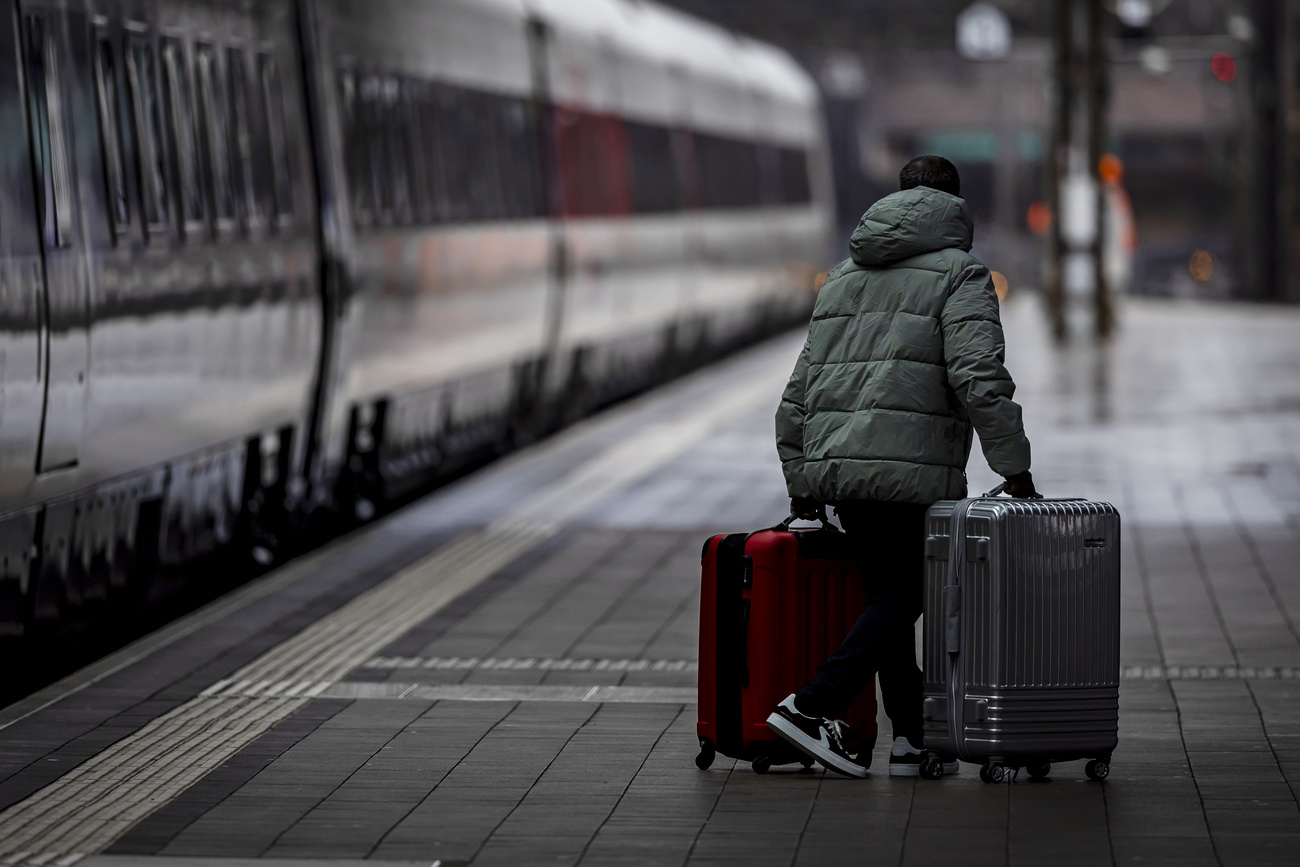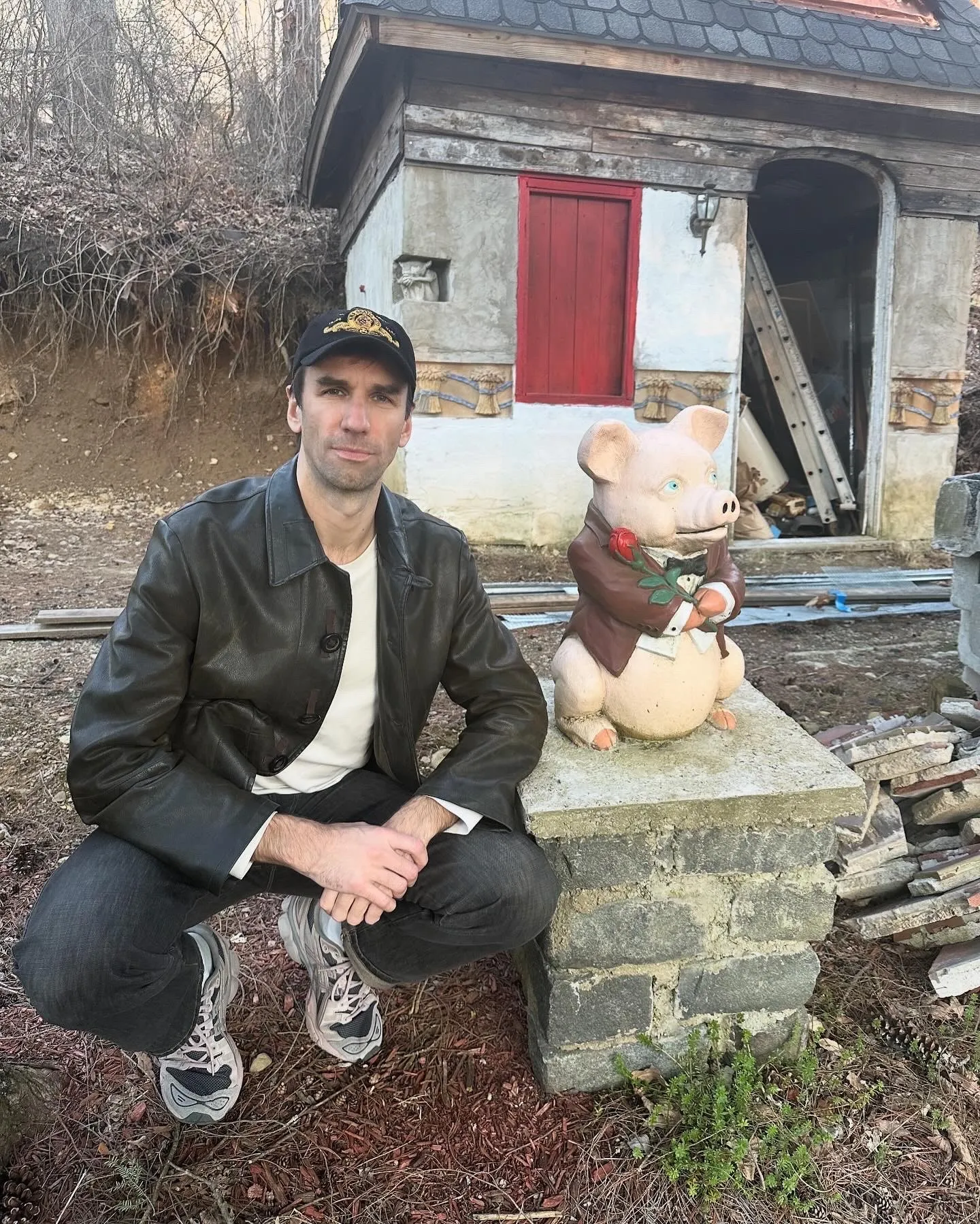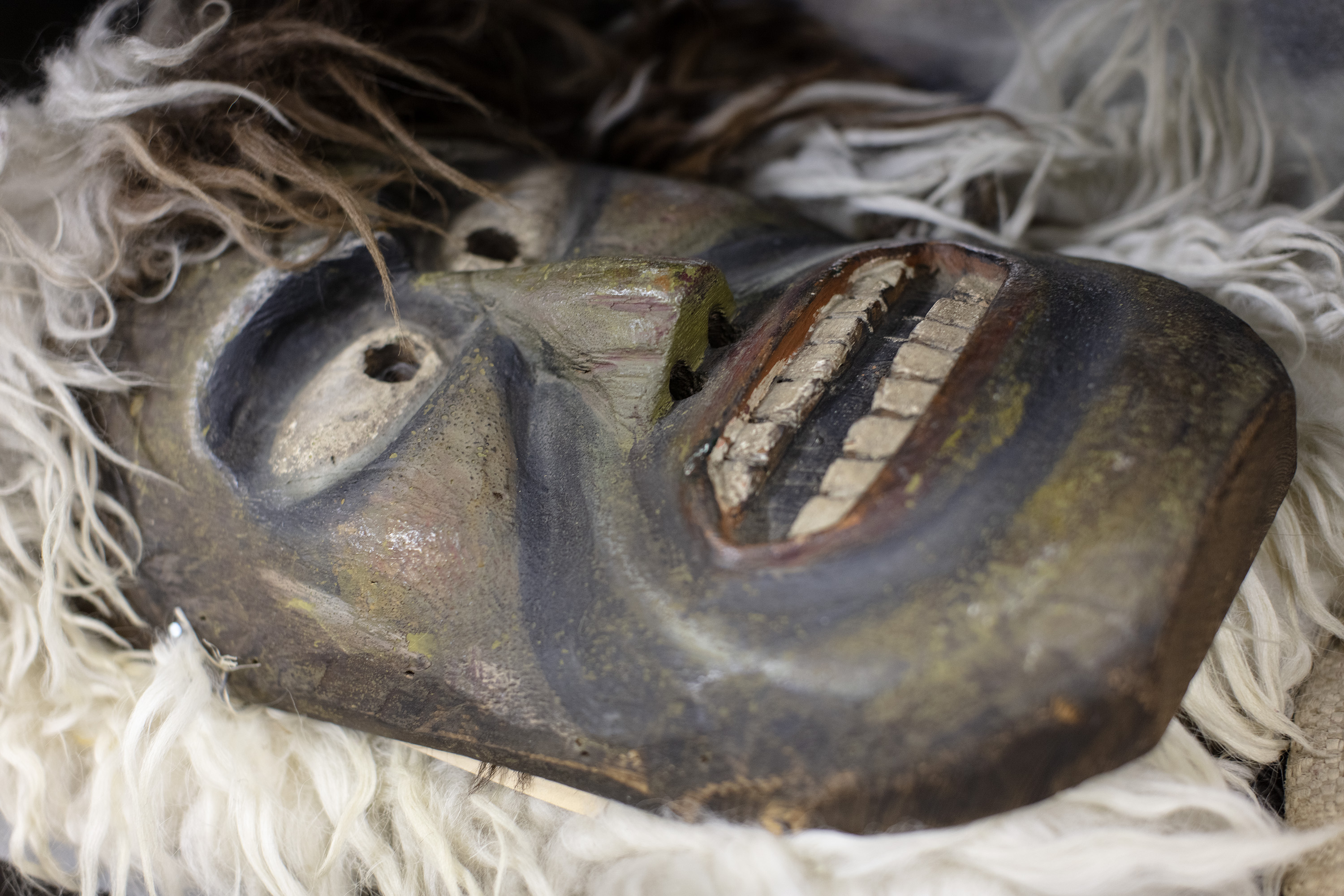Bobsleigh speeds through first 100 years

The last remaining natural bobsleigh track in the world celebrated its centenary on New Year’s Day.
The St Moritz Olympia Bob Run is an anomaly in an era of hi-tech sport, as the track has changed little over the decades.
A bone-chilling winter wind pushed temperatures down to well below freezing on the opening day of the new season in St Moritz, located 1,800 metres above sea level.
The constant wintry temperatures explain why the bobsleigh track can still be made naturally.
About a dozen craftsmen from the neighbouring South Tyrol in Italy arrive in early December – as they have done every winter for several decades – and spend three weeks handcrafting the legendary course.
Frozen sculpture
They shape 5,000 cubic metres of snow into a 1,700 metre-long frozen sculpture dedicated to sport. It is a work of art that melts away each spring.
Not much is known about the first race on January 1, 1904, but the track with its 19 high-banked turns and hairpin corners has changed little over the intervening century.
Former Olympic and world champion, Werner Camichel, is justifiably proud of its history and says it is still the world’s best track.
“The four-man sled can reach speeds up to 145 kilometres per hour, which makes it the fastest bob run in the world,” says Camichel, who now manages the track.
In his youth, Camichel was a local champion in the decathlon and was approached to join one of the Swiss bobsleigh teams.
Strength and speed
“They told me they were looking for athletes with speed and strength, so I joined the team in 1970 and two years later we won the gold medal at the Olympics in Sapporo.”
“It went from being a pastime of British tourists here in St Moritz, to the Formula One of winter sports,” says Camichel’s assistant, Oliver Wertmann, encapsulating the history of bobsleigh competition in one sentence.
But it was not until a rule change in the 1950s that athletic talent became a factor in the sport.
Until that time, the pilot sat in the sled from the start and being overweight was a distinct advantage.
“Weight makes a sled go faster,” explains Wertmann.
“The bobsledders weren’t very athletic at that time, but today they are skilled and well-trained athletes who come to the sport from various track and field disciplines. They train the whole summer just to be ready for the winter competitions.”
Little fanfare
At the start of the 2003-04 season in St Moritz, there was surprisingly little fanfare and few people on hand to mark the centenary – just as in 1904, a time when only a handful of tourists and locals took part in the sport.
Bobsledding was then only about 15 years old, the racing sled having been invented by American and British tourists in St Moritz and Davos.
In St Moritz, they were permitted to race the flimsy vehicles on the Cresta Run, the famous toboggan track where the precursor to the skeleton sledge was developed.
In 1897, a group of bobsledders formed the St Moritz Bobsleigh Club and eventually broke away from their tobogganing brethren, drumming up enough money to build their own track.
The two tracks still run parallel to each other, but whereas the Swiss run the bobsleigh club, the Cresta Run is still controlled by the British, who continue to fly the Union Jack over their clubhouse.
Amateurs only
Only amateur races are permitted on the Cresta, and few of the competitors are very athletic. Yet the club remains very exclusive (see related item).
By contrast, the bobsleigh – even in St Moritz – long ago ceased to be a rich man’s sport.
The athletes do, however, need wealthy sponsors to pay for their aerodynamic steel and fibreglass sleds which cost at least SFr100,000 ($79,000).
Visitors to St Moritz do not have to shell out as much for a “taxi ride” – but SFr210 ($167) is still a lot of money for a thrill which lasts a little over a minute.
Many believe it is a price worth paying for a rare chance to hurtle down the last remaining natural bobsleigh track in the world in an oversized tin can at speeds exceeding 130 kilometres an hour.
swissinfo, Dale Bechtel in St Moritz
Upcoming competitions on the St Moritz Olympia Bob Run:
January 12 to 18 – European Cup bobsleigh event.
January 20 to 25 – World Cup bobsleigh event.
The first race on the St Moritz Olympia Bob Run was held on January 1, 1904.
The track has changed little over the decades, and is still made by hand. It is 1,700 metres long, and requires 5,000 cubic metres of snow and 4,000 cubic metres of water to build.
The names of the run’s 19 turns are testament to the very British beginnings of the sport: “Wall”, “Snake”, “Horseshoe”, “Shamrock” and “Leap” are among them.
Visitors to St Moritz can sign up for a “taxi ride”. The number of passenger rides is limited, so it is advisable to book a place by early December.
Cost per person is SFr210.

In compliance with the JTI standards
More: SWI swissinfo.ch certified by the Journalism Trust Initiative










You can find an overview of ongoing debates with our journalists here . Please join us!
If you want to start a conversation about a topic raised in this article or want to report factual errors, email us at english@swissinfo.ch.